Evangelicalism before the Fall: The Christian Herald and Signs of our Times
Abstract
1. Introduction
2. The Christian Herald and Signs of Our Times
2.1. Worldly Affairs
Responses arrived from all quarters, with the featured response from the president himself: “My belief embraces the Divinity of Christ”, McKinley declared, “and a recognition of Christianity as the mightiest factor in the world’s civilization”.22I. Are you a friend of Christianity? II. Do you believe that Christianity is the friend of mankind? III. Does your belief extend to the recognition of a Supreme Being, to the Divinity of Christ, to the surpassing potency of Christianity as a civilizing influence?
2.2. Great Questions
Crime in this country is apt to be excused in proportion as it is great. The poor waif of the street steals a smoked beef from the corner grocery and the police turn out in full force … But if a man steal enough we are disposed to let him off.29
2.3. Self and Other
2.4. Meeting Modernity
Jessie (Figure 5) would pay a price for her mannishness, and Steve would be forced to take a more assertive role, yet the gender-shifting manners were never effaced, as evident in a climactic scene where Steve—embarking on a worldwide tour of self-discovery and service—bids farewell to his brother-in-law and Christian mentor, John:It was Steve, however, who played the woman’s part in this love affair; his was the romance, the ideality, and the sweet unselfishness of the passion. Jessie was a girl of her era … She was in love as a man is in love.46
As the curtain falls, the two men simultaneously recall the words of a well-known poem, which they recite “softly together”: “O God! That men would draw a little nearer/To one another! They’d be nearer thee;/And understood”.47There were tears in both their eyes, and Steve passed his arm round John’s neck … and then broke quite down. “Oh, Steve! Steve!” he cried; “do not go away! … I cannot bear to lose you! …. Steve embraced him, and … said softly, “I am so glad to hear you speak thus, John. I knew you felt it, but oh, it is good to hear it said”.
With respect to women specifically, what held for politics held for work and religion, too:[I]f a woman wants to vote, she ought to vote, and … if a man wants to embroider and keep house, he ought to be allowed to embroider and keep house. There are masculine women and there are effeminate men.
Having reached the apogee of its gender-bending orbit, the homily circled back to the language of the spheres. Talmage had observed women’s suffrage in New Zealand and found it good, but nothing new. Women had always “voted” by nurturing and directing their children, their husbands, their homes, and thus their societies. In a trademark flourish, he spun a paean to the grandeur of woman’s role as matriarch and maker of the home, semi-divine in a sphere far above the casting of stained ballots for “aldermen and common councilmen … mayors, and presidents”. Why, indeed, would a “queen in such a realm” voluntarily stoop to such a low estate? For Talmage, the answer was clear: “Your dominion is home, O woman!”.48When a woman is prepared to preach, she will preach, and neither Conference nor Presbytery can hinder her. When a woman is prepared to move in highest commercial spheres, she will have great influence … and no boards of trade can hinder her.
2.5. Evangelical Culture
2.6. A New Century, a New Brand, and a Movement in Crisis
3. Conclusions
Funding
Institutional Review Board Statement
Informed Consent Statement
Data Availability Statement
Conflicts of Interest
| 1 | The conference, dubbed alternately “The First International Prophetic Conference” or “The First American Bible and Prophecy Conference”, ran from 30 October to 1 November. Most Evangelicals had previously been “postmillennialists”, expecting the millennium to arrive through the slow progress of Christian civilization, with the rapture occurring after, not before, the millennium. On dispensationalism and the conference, see (Pietsch 2015, p. 47; Marsden 2006, pp. 82–85). On the role of the prophecy conference movement in the spread of both dispensationalism and Keswick Holiness teaching, see (Faupel 2009, pp. 91–114; Dayton 1987, pp. 143–67). |
| 2 | I define Evangelicalism in the American context to encompass the coalition of movements issuing historically from pietistic revivalism (notably the First and Second Great Awakenings), marked doctrinally by commitments to the inspiration and absolute authority of the Bible; the core doctrines of historic Protestant Orthodoxy (including original sin and Christ’s substitutionary atonement); the literal reality of miracles, the virgin birth, and the resurrection; and by emphasis on the necessity of a definite conversion experience and the imperative to evangelize the “lost”. Experientially, it is marked by an affective spirituality centered on a personal relationship with Jesus Christ entered through the experience of being “born again”. See (Wacker 2014, pp. 137–38). I do not include premillennialism as definitive, although it has long been the predominant eschatological position. |
| 3 | Simpson (1890). On the transatlantic Holiness movement, see (Bebbington 1989). The Holiness movement involved two distinct but overlapping wings: a Wesleyan Holiness current that emphasized “entire sanctification” or “Christian Perfection” and a Keswick or “Reformed” current that lay stress on empowerment to live the “Higher Christian Life”. See (Dayton 1987, pp. 35–86; Marsden 2006, pp. 72–85). American premillennialists did not always embrace the full framework of dispensationalism as outlined by its chief architect, John Nelson Darby, or later adaptors like Cyrus Ingerson Scofield. Many adopted views closer to the “historic” premillennialism of figures like William Miller without necessarily noting the differences. Yet, dispensationalism drove the expansion of millenarian belief and was widely adopted in the Holiness, Fundamentalist, and Pentecostal movements. On varieties of premillennialism, see (Chung and Mathewson 2018; Weber 1987). |
| 4 | The Christian Herald began as an American edition of a British journal founded four years earlier by Anglican minister and scholar of prophecy Michael Paget Baxter. For the paper’s objective, see The Christian Herald and Signs of Our Times (10 July 1879): p. 600. (The Christian Herald and Signs of Our Times hereafter abbreviated in citation as CH.) See also “His Appearing—Personal, Premillennial, and Practical”, CH (3 July 1879): p. 582. The first U.S. edition issue is CH (24 October 1878). |
| 5 | Williams (2010, p. 12). On the explosive growth of Evangelicalism from the mid-18th to the mid-19th centuries, see (Finke and Stark 2005, pp. 55–116; Butler 1990, pp. 268–70; Hatch 1991, pp. 67–113). For the subsequent rise to respectability, see (Hatch 1991, pp. 193–206). |
| 6 | Wiebe (1967). “Carapace” is Marty (1986, p. 227). These developments placed Evangelicalism “at the Brink of Crisis”: (Marsden 2006, p. 11). |
| 7 | For general history, see (Fitzgerald 2017; Sutton 2014). “Dramatic decline” is (Marsden 2006, pp. 185, 191). See also (Williams 2010, p. 12): Evangelicals “began losing their cultural influence in the late nineteenth century”. For “radical apocalyptic evangelicalism”, see (Sutton 2014, pp. 2–3). In American Apocalypse, Sutton argues that premillennialism is the “distinguishing feature” of the “premillennialists-turned-fundamentalists-turned-evangelicals” trajectory (Sutton 2014, pp. xi–xii, 373). Though claiming to reject the fall narrative, he nonetheless acknowledges premillennialism’s transition from a position “easily integrated within mainstream American religious life” to one centered in “a new spiritual and political movement independent of traditional churches and denominations”: (Sutton 2014, p. 43). Radical Evangelicals came to be associated with a “rigorist inclination to separate in order to foster purity”: (Wacker 2014, America’s Pastor, p. 170). That sectarian cast formed the precondition for the mid-century initiative, centered around Billy Graham, Fuller Theological Seminary, Christianity Today, and the National Association of Evangelicals, to fashion a “powerful evangelical center” that “aspired, like mainline Protestants, to represent the whole culture”: (Wacker 2014, America’s Pastor, p. 169). |
| 8 | Talmage’s Central Presbyterian Church (the “Brooklyn Tabernacle”) was said to host the world’s largest congregation: (Macartney 1942, p. 164). Spurgeon’s Metropolitan Tabernacle averaged nearly 6000 in attendance: (Armstrong 2003, p. 625). |
| 9 | The paper boasted a combined UK/USA circulation of 250,000 in the mid-1880s, with perhaps half being American: CH (27 September 1883): p. 619. To advertisers under sworn affidavit, it claimed a more modest, but still substantial 40,000: CH (28 May 1885): p. 352. CH reported an average circulation of 177,000 for 1895 [CH (30 December 1896): p. 1000] and about 200,000 for 1897: CH (1 December 1897): p. 908. Even among major city papers, circulations above 100,000 were rare before the 1890s; among illustrated weeklies, only Colliers was its equal: (Curtis 2018, p. 9). |
| 10 | Benjamin Fernie (later joined by George Sandison) continued to manage the editorial office. “Pre-Millennial” is CH (24 October 1878): p. 9. For predictions, see CH (9 September 1880): p. 583 and CH (16 September 1880): p. 599 [1890]; CH (29 July 1886): p. 479 [“about a.d. 1900”]; CH (11 August 1887): p. 504 (pamphlet from Christian Herald offices) [ca. 11 April 1901]; CH (2 January 1889): p. 5 [end of Passover week, 1901]; CH (20 November 1889): p. 743 [11 April 1901]; CH (31 December 1890): p. 839 [11 April 1901]; CH (8 April 1891): p. 215 [end of Passover week, 1901]; CH (10 February 1892): p. 90 [1896]; and CH (13 April 1892): p. 34 [1899 or 1901]. The paper had primary affiliation with the Keswick wing of Holiness (see Bebbington 1989, chp. 5) and did not fully endorse the Wesleyan doctrine of “entire sanctification”. However, like Keswick generally, it kept warm company with those who did, including Elizabeth Baxter, the paper’s longest-running contributor and wife of the founding editor. |
| 11 | For a representative column, see CH (5 February 1885): p. 85. |
| 12 | |
| 13 | |
| 14 | Talmage called it “a paper of compressed news, and as wide-awake and useful as we can make it”: CH (26 February 1890): p. 132. See CH (29 January 1880), which covers an election in Maine, a congressional debate over monetary policy, a dispute involving a Ute tribe in Colorado, a railroad disaster in Scotland, a Jewish bid to purchase land in Palestine from the Ottomans, and more. |
| 15 | On the Paris Exposition of 1878, see CH (24 October 1878): p. 14. For Chicago, see CH (17 December 1890): p. 809. For Atlanta, see CH (2 October 1895): p. 639. The 1900 Paris Exposition drew especially extravagant coverage: see CH (16 May 1900): p. 415, and weeks following. For the 1901 Pan-American Exposition at Buffalo, see issues for May 1 and June 12. Regional expositions were also covered. For context, see (Rydell 1984). |
| 16 | “Ten Illustrious Occupants” is CH (8 December 1897): cover; “Glimpses” is CH (13 June 1900): cover. For representative issues, see also 5 July 1883; 15 March 1888; 16 November 1892; and 11 December 1895. |
| 17 | See CH (13 September 1888), CH (18 December 1889), and CH (19 July 1893) for Thomas Edison, Henry Stanley, and arctic explorers Robert Peary and Fridtjof Nansen, respectively. For Vanderbilt, see CH (18 February 1891): cover. |
| 18 | See CH (23 June 1887) and CH (2 June 1897) on the fiftieth and sixtieth anniversaries of Queen Victoria’s reign. For McKinley, see issues for 3 March 1897; 10 March 1897; and 1 December 1897. |
| 19 | Klopsch and Talmage were themselves celebrities and personal acquaintances of many figures featured in the paper: See (Curtis 2018, pp. 11, 92). Klopsch was a thirty-second degree Mason, another indication of elite status: (Pepper 1910, p. 377). For political reportage, see CH (21 December 1882): p. 808 [Pendleton Civil Service bill]; CH (27 May 1891): p. 329 [founding of the People’s Party]; and “The Members of President Harrison’s Cabinet”, CH (20 March 1889): p. 177. Quotation is from “Religion in Politics”, CH (3 September 1890): p. 563 |
| 20 | Talmage counted several politicians—including former president Grover Cleveland—among his parishioners: (Banks 1902, p. 285). For question on how to vote, see “Our Mailbag”, CH (1 July 1891): p. 413. |
| 21 | “These Trying Times”, CH (13 September 1893): p. 598. |
| 22 | “The Nation’s Foremost Men Declare for Christ”, CH (14 June 1899): pp. 465, 473–80. The rank and standing of the respondents bear convincing witness to the rank and standing of the Herald itself. |
| 23 | CH (27 January 1897): p. 68. Also known as the Olney-Pauncefote treaty. |
| 24 | See CH (5 January 1898): p. 5: “Cuba Needs Our Help”. On the Herald’s philanthropy and its posture toward war, see (Curtis 2018, pp. 108–15). On reporting by Hearst and Pulitzer, see (Curtis 2018, pp. 90–92; Spencer 2007, pp. 132, 141–49). The response to De Lôme is CH (9 March 1898): p. 201. For late hope, see “War or Peace?” CH (13 April 1898): p. 320, and “War a Last Resort”, CH (20 April 1898): p. 348. |
| 25 | “A Righteous War”, CH (4 May 1898): p. 392. See also “Humane Warfare”, CH (27 July 1898): p. 608. The war had the domestic side-benefit of reconciling North and South: “The two old rusty swords that in other days clashed at Murfreesboro and South Mountain … are now lifted to strike down Hispanic abominations”: “Alleviations of War”, CH (18 May 1898): p. 428. See (Blum 2005), on the broader religious initiative to reunite the regions. |
| 26 | On The Hague, see CH (18 January 1898): p. 54. The editors provide a model letter to follow. On Maxim, see “Is War Necessary?” and “Ought Christians Make or Sell Fire-Arms?” CH (30 October 1901): pp. 910, 912. Were he a mechanic, Talmage added, he would “as conscientiously make a sword as a carving knife, a rifle as a spade”. |
| 27 | For Bellamy, see CH (25 December 1889): p. 832, and CH (29 January 1890): p. 73. For Riis, see CH (25 March 1891): p. 187. See also “The Saddest Side of Poverty”, CH (1 December 1897): p. 910. For labor, see “The Great Coal Strike”, CH (3 October 1900): pp. 801, 810–11. “Clear wrongs” is “Our Mail-Bag”, CH 18 July 1900): p. 590. |
| 28 | “Oppressive wage-market” is CH (7 November 1900): p. 912; “profits” is CH (12 December 1900): p. 1030. |
| 29 | “Honesty in Business”, CH (20 June 1894): p. 390. A truly moral society, Talmage insisted, would apply the same standards to all: “The Bride of Nations”, CH (31 May 1899): p. 416. For context, see (Fink 1983, pp. 3–37; Boyer 1978, pp. 123–90). On the “trickle up”, working-class origins of the social gospel, see (Carter 2015). |
| 30 | “Employers and Employees”, CH (23 May 1900): p. 436. If employees did a good day’s work in “eight or ten hours”, Talmage declared, “you have no right to keep them harnessed for seventeen”. |
| 31 | Talmage excoriates “dead beats” as “leeches put on the arm of honest industry”: CH (10 January 1894): p. 22. |
| 32 | See CH (9 November 1898): p. 870 [AMEC missions]; CH (13 March 1901): p. 223 [Tuskegee Negro Conference]; and CH (4 October 1899): p. 767 [Wilberforce University]. For Douglass, see CH (11 October 1883): pp. 651–52; and “A Noble Life Ended”, CH (6 March 1895): p. 152. For Amanda Berry, see CH (4 June 1890): p. 361; CH (16 July 1890): pp. 452–53, 460; and CH (30 August 1893): p. 573. For Washington, see CH (2 January 1901): p. 14, and CH (6 March 1901): p. 223. For Berry’s autobiography, see “Gems from New Books”, CH (9 August 1893): p. 525. For Washington’s autobiography, see CH (25 December 1901): p. 1110. For fundraising campaigns on behalf of Black ministers in the South, see CH issues in 1886 and 1888. |
| 33 | CH (2 March 1898): p. 167, and “Claretta N. Avery, the Wonderful Pickaninny Preacher”, CH (11 December 1895): p. 835. “Pickaninny” was a favored caption term for cheerful African American children: see “Pickaninny Orphan Band”, CH (7 July 1895): p. 467, and “A Merry Group of Piccaninnies” CH (5 June 1901): p. 522. |
| 34 | “Uncle Sam” is from CH (24 April 1901): p. 377; “Christianity” is from CH (19 June 1895): p. 403. |
| 35 | On the Ghost Dance crisis, see “The Sioux Indian Troubles”, CH (31 December 1890): p. 837. See also issues for November 15 (p. 713); November 26 (p. 761); and December 17 (pp. 809, 813) of 1890. “Indian Treachery” is from CH (7 January 1891): p. 9. For “dishonest agents”, see “Current Events”, CH 21 (January 1891): p. 41. For “account”, see “The Sioux Chiefs in Washington”, CH (18 February 1891): pp. 101, 108. |
| 36 | “At Freedom’s Gate: The Tide of Immigration at New York”, CH (26 August 1896): pp. 625, 629. For “criminal class”, see “Across the Seas to Freedom”, CH (7 April 1897): pp. 269, 271. |
| 37 | Stephen A. Northrop, “The Poison of Anarchy”, CH (25 September 1901): p. 804, followed by “The High Tide of Russian Immigration to New York”, CH (2 October 1901): pp. 821, 827. For a more comprehensive treatment of the Herald and issues related to race and immigration, see (Curtis 2018, pp. 174–212). |
| 38 | Spanish Armada is CH (18 May 1898): p. 428; Lexington is CH (25 May 1898): p. 448; “plowshares” and “nation” are CH (3 August 1898): p. 624. America may have supplanted Israel as God’s Chosen People, but the Exceptional Nation still embraced its Exceptional Other, granting Israel a central role in sacred history. For Christian Zionism, see CH (27 September 1883): p. 615; CH (1 September 1897): cover; CH (10 July 1901): p. 611; and CH (14 August 1901): p. 702. See also CH (31 July 1879): p. 648, objecting to Jewish exclusion at the Manhattan Beach Hotel, and CH (9 February 1882): p. 93, condemning anti-Semitism in Russia and Germany. |
| 39 | Talmage, quoted in (Curtis 2018, p. 181). Beveridge presumed an Anglo-Saxon rootstock “perpetually revitalized by the virile, man-producing working folk of all the earth” (“March of the Flag”, speech to the Indiana Republican Meeting, 16 September 1898, p. 1), whereas O’Sullivan envisioned an entirely novel society, not “of ancestry, for we are of all nations” (“The Great Nation of Futurity”, The United States Democratic Review 6 (November 1839): p. 429). For Dowie, “the miscegenation of the races”, would merge the spiritual and physical powers of all, and the “characteristics which now make each strong while yet apart” would, united, “make them far stronger”: Leaves of Healing (4 September 1904): p. 803. |
| 40 | CH (6 November 1895): p. 725, and “Famine-Stricken India”, CH (13 January 1897): p. 25. “American Progress in the Philippines”, CH (11 October 1899): p. 774, includes nineteen illustrations of Filipinos “typical of the various grades of social life in our new colonies”. The Herald was keen on full or partial world tours during the Klopsch era, beginning with a tour to Europe and the Holy Land by Talmage and Klopsch in 1889 and culminating with overlapping tours in 1900 by Talmage and Marietta Holley (nom de plume “Aunt Samantha” or “Josiah Allen’s Wife”). A featured stop was usually Palestine, the sacred center of Evangelical imaginary. For Talmage and Klopsch, see CH (4 December 1889): p. 774. For 1900 tours, see “Around the World with Aunt Samantha”, CH (6 December 1899): p. 940, and Talmage, “What I Saw in Paris”, CH (17 October 1900): pp. 846–847. For Palestine, see Marion Harland (Mary Virginia Terhune), on assignment “to Study Home Life in Palestine for ‘Christian Herald’ Readers”: CH (25 October 1893): p. 693. |
| 41 | See (Wacker 1985a, pp. 31–42). Talmage censured “modern Christianity” in 1890, but the defects he cited targeted effeminacy, not doctrinal error. Christianity needed “a brawnier manliness”: See CH (4 June 1890): p. 360, and CH (11 June 1890): p. 376. Talmage’s comment is dense with irony: no institution did more to advance (and document) the rise of sentimentalism and domesticity in the 1890s than the CH. The rhetoric of masculinity might be read as a mode of social adjustment whereby a discourse of protest pays tribute to what is being lost through a transition in which the protester is fully complicit. |
| 42 | On the distinguished Old Testament scholar, see (Massa 1990). “Predestination” is CH (31 May 1893): p. 362; “God’s hands” is CH (7 June 1893): p. 373. See also CH (20 May 1891): p. 312; (27 May 1891): 331; (21 October 1891): p. 662; (6 January 1892): p. 24; and (15 June 1892): p. 371. |
| 43 | “Gems from New Books”, CH (12 March 1890): p. 163; CH (26 December 1895): p. 834. For Pentateuch and flood, see CH (22 September 1897): p. 706, and CH (24 November 1897): p. 882, respectively. The editors defined higher criticism neutrally as a discipline “which seeks to discover how the books of the Bible were produced, their date, and the circumstances under which they were prepared”: CH (15 February 1899): p. 114. |
| 44 | See CH (September 1892): p. 583 and CH (19 July 1893): p. 471. For congresses, see CH (6 September 1893): p. 577; (22 May 1895): p. 331; and (22 November 1899): p. 897. For positive view of religions, see CH (6 July 1898): p. 566. |
| 45 | The protagonist of M. Jeanie Mallary’s “A New-Fashioned Woman” is an assertive socialite who becomes even “more lovely” when she finds Christ: CH (26 September 1894): p. 620. For Van Cott, see CH (14 October 1880) pp. 657–59. Years later the paper celebrated Antoinette Blackwell as “America’s First Woman Preacher”: CH (4 April 1900) p. 293. “Had he lived”, is “Our Mail-Bag”, CH (6 January 1897): p. 10. |
| 46 | The series began CH (2 December 1896): p. 900. Quotation is from CH (23 December 1896): p. 978. On the “New Woman”, see (Mitchell 1999, pp. 579–88). |
| 47 | CH (7 July 1897): p. 538. The poem is Thomas Bracken, “Not Understood” (1879). |
| 48 | CH (19 June 1895): p. 390. |
| 49 | For Gebhardt, see CH (21 March 1900): cover; “brilliant army” is CH (1 December 1897): p. 915; “American Art” is CH (8 January 1896): 28; “sparkle” is CH (5 December 1900): p. 997. The Herald compiled its “Masterpieces” into an “Art Portfolio” of 9 × 12 reprints suitable for framing: See CH (6 November 1901): p. 936. |
| 50 | For Sir-Walter-Scottesque melodramas, see Henry Martin, “Arnold Percival Montaigne, Or the Heir of a Deferred Inheritance” (from April 1879 to April 1880); and J. Jackson Wray, “Nestleton Magna” (1884). For Victorian sentimentalism, see Julia McNair Wright, “Unequally Yoked or Rosemary and Rue” (beginning late 1892); and Gabrielle Emilie Jackson, “By Love’s Sweet Rule” (1901). |
| 51 | See CH (8 January 1885): cover [Johnson]; CH (28 May 1885): p. 344 and (11 June 1885): p. 376 [Hugo]; CH (2 July 1885): p. 428 [Coleridge]. See also CH (8 January 1890): p. 21 [Robert Browning], and CH (19 October 1892): p. 661 [Alfred Tennyson]. See CH (30 March 1882): p. 200 and (27 April 1882): pp. 257–259, 268–269 [Longfellow]; CH (4 May 1882): p. 280 [Emerson]; CH (15 March 1888): p. 168 and (22 March 1888): p. 188 [Alcott]; and CH (11 November 1891): p. 711 [Whitman]. |
| 52 | (Rodrick 2001). Though controversial in Holiness circles—see (Kostlevy 2010, p. 27)—secular advertising had existed in the Herald since 1884. However, Klopsch turned the back pages into a cornucopia of commodities where ads matched or exceeded the artistry of the Herald’s own illustrations. “Culture” is (Arnold 1869, p. viii). |
| 53 | On Chautauqua, see (Scott 2005). For Chautauqua ads, see CH (3 November 1897): p. 833. For Dickens and Scott, see CH (18 September 1889): p. 607. For “Eloquence”, see CH (5 December 1900): pp. 1000–1001. For Twain’s A Connecticut Yankee in King Arthur’s Court, see CH (20 November 1889): p. 751. For “Music”, see CH (13 September 1899): p. 704; for Shakespeare, see CH (23 November 1892): p. 759; for “Art”, see CH (21 February 1900): p. 160. For “Liberal Education”, see “World-Wide Encyclopedia”: CH (10 March 1897): p. 191. For dictionaries, atlases, and other encyclopedias, see CH (18 November 1891): pp. 734–736 and (22 July 1896): 552. For “Stedman-Hutchinson”, see CH (16 November 1892): p. 738; for “5000 Books”, see CH (27 November 1895): p. 797. |
| 54 | See CH (3 March 1897): pp. 177–180; (7 April 1897): p. 286; and (7 April 1897): p. 307. For autoharp, see CH (28 November 1894): p. i. For Gram-o-phone, see CH (13 December 1899): p. 976, cross-marketed with a Talmage recording: “JUST THINK OF IT! Dr. Talmage’s Voice Actually heard in the Sermon on the Mount”. For “lawn”, see CH (6 April 1892): p. 224. Advertisers included department stores like O’Neill’s and Ridley’s, whose shopping floors outdid the advertising pages as primers on the material accessories of middle-class life. See CH (23 December 1891): p. 816. For context, see (McDannell 1996). Other offerings helped readers acquire the precondition for such accoutrements: “success”. See Charles H. Kent, How to Achieve Success, William M. Thayer’s Onward to Fame and Fortune, and New Thought celebrity Orison Swett Marden’s Success magazine in CH (24 November 1897): p. 887. For context, see (Moore 1994; Hilkey 1997). |
| 55 | For summer homes, see CH (23 August 1899): p. 650; for Chautauqua retreat, see CH (20 May 1896): p. 400; for bicycles and tricycles, see CH (25 July 1894): p. 480; for investments options, see CH (14 December 1889): p. 783; (18 June 1890): p. 400; and (3 February 1892): p. 78. For Griffith, see CH (20 January 1892): p. 48. For the “Woman’s Baking Company”, see CH (27 January 1892): p. 64. See also (Duis 1998, pp. 119–20). For Harvey, founded by Moody associate Turlington Harvey, see CH (13 January 1892): p. 32. On the merger of consumer capitalism and Christianity at Moody Bible Institute, see (Gloege 2015, pp. 138–48). Gloege briefly mentions Harvey, Illinois: p. 95. |
| 56 | Talmage, quoted in (Curtis 2018, pp. 117–18). |
| 57 | See Berkshire Hills Sanatorium (“the cure of cancer in all its forms”): CH (9 March 1892): p. 160; and the Hammond Sanitarium (“Diseases of the Nervous System and of the Skin”): CH (6 February 1896): p. 93. |
| 58 | Nostrums were controversial, first appearing in 1884, then banned two years later when advertising manager J. E. Jewett forbade “advertisements of Medicines or Humbugs”: “Advertising Rates”, CH (3 June 1886): p. 352. Under Klopsch, they returned with a vengeance. Root, Bark and Blossom offered “a Certain, Safe and Permanent Cure” for “all diseases of the Stomach, Liver, Kidneys and Blood disorders, such as Dyspepsia. Indigestion, Constipation, Lump in the Throat after Eating, Cold Chills, Flushes of Heat, … Disturbed Sleep, Biliousness, Belching of Wind, Headache, Dizziness” and much, much more: CH (22 February 1893): p. 135. Hood’s Sarsaparilla offered a helpful definition for all (then and now) who might wonder “What is Scrofula”? “It is that impurity in the blood, which, accumulating in the glands of the neck, produces unsightly lumps or swellings; which causes painful running sores on the arms, legs, or feet; which develops ulcers in the eyes, ears, or nose, often causing blindness or deafness; which is the origin of pimples, cancerous growths, or many other manifestations usually ascribed to ‘humors.’ It is a more formidable enemy than consumption or cancer alone, for scrofula combines the worst possible features of both. Being the most ancient, it is the most general of all diseases or affections, for very few persons are entirely free from it. How can it be cured? By taking Hood’s Sarsaparilla”. See CH (2 April 1890): p. 223. |
| 59 | Rubiform dentifrice: CH (5 August 1891): p. 495; Amolin, an “Antiseptic Dress Shield” that “Destroys all Odor of Perspiration”: CH (18 September 1895): p. 615; Cranitonic Hair and Scalp Food: CH (11 April 1900): p. 298; Modene hair removal solution for women: CH (2 January 1895): p. 15; Madame Rowley’s Toilet Mask (or Face Glove): CH (10 August 1892): p. 511; Pozzoni’s Powder: CH (9 January 1895): p. 29. |
| 60 | Ivory Soap for men at gym: CH (13 April 1898): p. 333; “Samson’s Strength”: CH (11 January 1899): p. 28; Swoboda: CH (7 November 1900): p. 918. |
| 61 | Ivory Soap for women is CH (2 March 1898): p. 182; Corset is CH (12 April 1899): p. 286. See also CH (1 February 1899): p. 89 and (8 March 1899): p. 186. |
| 62 | For Talmage, see CH (18 February 1891): p. 112 and CH (4 January 1893): p. 14; for Harland, CH (17 January 1894): p. 48. Spurgeon died in February 1892, but ads continued long after: see CH (24 November 1897): p. 902. |
| 63 | A month of coverage culminated in a full-page photo of the deathbed “Where Victoria the Good Passed Peacefully to Her Rest”: CH (20 February 1901): p. 164. See also “Queen Victoria’s Last Hours”, CH (30 January 1901): p. 97; cover and related articles from CH (6 February 1901); and “The Obsequies of Queen Victoria”, CH (27 February 1901): pp. 186–187. For McKinley, see cover and related articles from CH (18 September 1901); CH (25 September 1901): pp. 805–808; and “Our Martyr President’s Funeral”, CH (2 October 1901): pp. 824–825. |
| 64 | Essays are CH (2 January 1901): pp. 9, 11, 14, and 12, respectively. On Talmage’s death, see (Banks 1902, pp. 377–40). |
| 65 | In the Herald’s first year, 34 of the 36 covers to which I have access feature men. For Herald angels in popular culture, see (Gardner 1975, p. 177). Serial stories also modulated from a romantic to a sentimental key (see note 48). The timeline may suggest a comparatively late shift toward feminization among premillennialist Evangelicals: Compare (Douglas 1977). At the beginning of the 1890s, secular newspapers with a circulation above 100,000 were rare. By 1900, perhaps thirty boasted a circulation that large, with the New York World topping a million. |
| 66 | For premillennialism in this later period, see George F. Pentecost, “The Lord’s Coming” CH (1 January 1896): p. 14; Talbot Greaves, “Events and Characteristics Denoting the Last Days of the Dispensation”, CH (3 March 1897): p. 173; Clarmont Skrine, “The Lord’s Coming”, CH (17 August 1898): p. 653; and T. R. Lawrence, “The End Is at Hand: Signs of the Times Indicating Consummation”, CH (21 March 1900): p. 243. A keyword search of related terms (prophecy, prophetic, second coming, and rapture) suggests a decline in the frequency of dispensational articles and references first around 1889—though the number remained high—then again around 1895, followed by another decline around 1902. |
| 67 | Evangelicalism had been straining at the seams since the late 1880s: See (Wacker 1985b). |
| 68 | (Irwin 1896, p. 1). On comeoutism and radical holiness culture (including its Pentecostal rhetoric) see (Jones 1974; Robins 2004, Pt. I). On the idealized era, see (Hatch 1991). For radical saints, the true fall was the gentrification that carried Evangelicalism into the elite. See (Robins 1994). |
| 69 | CH (1 September 1897): p. 654. The Herald would eventually abandon premillennialism. Marsden, 281, n. 23, notes a gradual transition with the turn-of-the-century as an inflection point, a view supported here. |
| 70 | See (Stephens and Giberson 2011), for a perceptive survey of Evangelical subcultures with an emphasis on the late twentieth century. |
| 71 | Graham’s mid-century “mainstream Evangelicalism” may represent the movement’s nearest approach to its old standing. Yet, the terms Wacker considers before settling on this label (parallel culture, counterculture, etc.) indicate its continuing subcultural features: (Wacker 2014, America’s Pastor, pp. 169–70). On the struggle of liberal Evangelicals and their ultimate marginalization, see (Bowman 2014). For a handy chart on the shifting referential terrain of “Evangelicalism” in popular usage, see (Marsden 2006, pp. 234–35). In addition to the Northern Mainline Protestant churches, which all retained some Evangelical members, the Protestant establishment would have included, in the South, the predominantly Evangelical Southern Baptist Convention. The special case of the American South complicates this and any narrative of Evangelicalism: See (Dochuk 2011). |
| 72 | See (Sutton 2017). Sutton seems to ignore the social location of the cultural engagement he cites. The angular political style of the Fundamentalists, often emanating from within alternative religious and educational institutions (the quintessential trademark of a subculture) generally reflected an oppositional stance that filtered politics through the antitypical lens of eschatology. Furthermore, the examples of cultural engagement Sutton appeals to are fully accounted for in Marsden’s far more nuanced interpretation: See (Marsden 2006, pp. 124–28), on four postures vis-à-vis wider society within the movement in the early twentieth century. Sutton includes Daniel K. Williams in this school, but Williams explicitly states that Evangelicalism lost cultural influence: See note 7. In fact, Sutton’s own evidence documents social and cultural declension: See (Sutton 2014, pp. 33–34), where he concedes the presence of apolitical, sectarian currents, and note 7 above on the downward social mobility of premillennialism. |
| 73 | In the long list of premillennialist publications that Sutton gives following an otherwise exemplary account of the 1878 prophecy conference (Sutton 2014, p. 27), he fails to mention the Christian Herald. |
| 74 | As Marsden said of early Fundamentalists: (Marsden, pp. 5, 128). |
References
- Anderson, Benedict. 1983. Imagined Communities: Reflections on the Origin and Spread of Nationalism. London: Verso Editions. [Google Scholar]
- Armstrong, John. 2003. Spurgeon, Charles Haddon. In Biographical Dictionary of Evangelicals. Downers Grove: Intervarsity Press. [Google Scholar]
- Arnold, Matthew. 1869. Culture and Anarchy: An Essay in Political and Social Criticism. London: Smith, Elder, & Co. [Google Scholar]
- Banks, Louis Albert, ed. 1902. T. DeWitt Talmage: His Life and Work. London: O. W. Binkerd. [Google Scholar]
- Bebbington, David W. 1989. Evangelicalism in Modern Britain: A History from the 1730s to the 1980s. London: Unwin Hyman. [Google Scholar]
- Blum, Edward J. 2005. Reforging the White Republic: Race, Religion, and American Nationalism, 1865–1898. Baton Rouge: Louisiana State University Press. [Google Scholar]
- Bowman, Matthew. 2014. The Urban Pulpit: New York City and the Fate of Liberal Evangelicalism. New York: Oxford University Press. [Google Scholar]
- Boyer, Paul. 1978. Urban Masses and Moral Order in America, 1820–1920. Cambridge: Harvard University Press. [Google Scholar]
- Butler, Jon. 1990. Awash in a Sea of Faith: Christianizing the American People. Cambridge: Harvard University Press. [Google Scholar]
- Carter, Heath. 2015. Union Made: Working People and the Rise of Social Christianity in Chicago. New York: Oxford University Press. [Google Scholar]
- Chung, Sung Wook, and David Mathewson. 2018. Models of Premillennialism. Eugene: Cascade Books. [Google Scholar]
- Curtis, Heather. 2018. Holy Humanitarians: American Evangelicals and Global Aid. Cambridge: Harvard University Press. [Google Scholar]
- Dayton, Donald J. 1987. Theological Roots of Pentecostalism. Grand Rapids: Baker Academic. [Google Scholar]
- Dochuk, Darren. 2011. From Bible Belt to Sun Belt: Plain-Folk Religion, Grassroots Politics, and the Rise of Evangelical Conservatism. New York: W. W. Norton & Company. [Google Scholar]
- Douglas, Ann. 1977. The Feminization of American Culture. New York: Alfred Knopf. [Google Scholar]
- Duis, Perry. 1998. Challenging Chicago: Coping with Everyday Life, 1837–1920. Chicago: University of Illinois Press. [Google Scholar]
- Faupel, D. William. 2009. The Everlasting Gospel: The Significance of Eschatology in the Development of Pentecostal Thought. Blandford Forum: Deo Publishing. [Google Scholar]
- Fink, Leon. 1983. Workingmen’s Democracy: The Knights of Labor. Champaign: University of Illinois Press. [Google Scholar]
- Finke, Roger, and Rodney Stark. 2005. The Churching of America, 776–2005: Winners and Losers in Our Religious Economy. New Brunswick: Rutgers University Press. [Google Scholar]
- Fitzgerald, Frances. 2017. The Evangelicals: The Struggle to Shape America. New York: Simon & Schuster. [Google Scholar]
- Gardner, John. 1975. Nickel Mountain. New York: Ballantine Books Edition. [Google Scholar]
- Gloege, Timothy E. W. 2015. Guaranteed Pure: The Moody Bible Institute, Business, and the Making of Modern Evangelicalism. Chapel Hill: University of North Carolina Press. [Google Scholar]
- Hatch, Nathan O. 1991. The Democratization of American Christianity. New Haven: Yale University Press. [Google Scholar]
- Hilkey, Judy Arlene. 1997. Character is Capital: Success Manuals and Manhood in Gilded Age America. Chapel Hill: University of North Carolina Press. [Google Scholar]
- Hollinger, David. 2013. After Cloven Tongues of Fire: Protestant Liberalism in Modern American History. Princeton: Princeton University Press. [Google Scholar]
- Irwin, B. H. 1896. The Abiding Fire. Way of Faith, December 16. [Google Scholar]
- Jones, Charles Edwin. 1974. Perfectionist Persuasion: The Holiness Movement and American Methodism, 1867–1936. Metuchen: Scarecrow Press. [Google Scholar]
- Kostlevy, William. 2010. Holy Jumpers: Evangelicals and Radicals in Progressive Era America. New York: Oxford University Press. [Google Scholar]
- Macartney, Clarence. 1942. Six Kings of the American Pulpit. Philadelphia: Westminster Press. [Google Scholar]
- Marsden, George. 2006. Fundamentalism and American Culture, 2nd ed. New York: Oxford University Press. [Google Scholar]
- Marty, Martin E. 1986. Modern American Religion, Volume 1: The Irony of It All, 1893–1919. Chicago: University of Chicago Press. [Google Scholar]
- Massa, Mark Stephen. 1990. Charles Augustus Briggs and the Crisis of Historical Criticism. Minneapolis: Fortress Press. [Google Scholar]
- McDannell, Colleen. 1996. Material Christianity: Religion and Popular Culture in America. New Haven: Yale University Press. [Google Scholar]
- Mitchell, Sally. 1999. New Women, Old and New. In Victorian Literature and Culture. Cambridge: Cambridge University Press, pp. 579–88. [Google Scholar]
- Moore, Robert Laurance. 1994. Selling God: American Religion in the Marketplace of Culture. New York: Oxford University Press. [Google Scholar]
- Pepper, Charles. 1910. The Life Work of Louis Klopsch: Romance of a Modern Knight of Mercy. New York: The Christian Herald. [Google Scholar]
- Pietsch, Brendan M. 2015. Dispensational Modernism. New York: Oxford University Press. [Google Scholar]
- Robins, Roger. 1994. Vernacular American Landscape: Methodists, Campmeetings, and Social Respectability. Religion and American Culture 4: 165–91. [Google Scholar] [CrossRef][Green Version]
- Robins, R. G. 2004. A. J. Tomlinson: Plainfolk Modernist. New York: Oxford. [Google Scholar]
- Rodrick, Anne Baltz. 2001. The Importance of Being an Earnest Improver: Class, Caste, and ‘Self-Help’ in Mid-Victorian England. Victorian Literature and Culture 29: 39–50. [Google Scholar] [CrossRef]
- Rydell, Robert. 1984. All the World’s a Fair: Visions of Empire at American International Expositions, 1876–916. Chicago: University of Chicago Press. [Google Scholar]
- Scott, John C. 2005. The Chautauqua Vision of Liberal Education. History of Education 34: 41–59. [Google Scholar] [CrossRef]
- Simpson, Albert B. 1890. The Four-Fold Gospel. New York: Christian Alliance Publishing Co. [Google Scholar]
- Spencer, David R. 2007. The Yellow Journalism: The Press and America’s Emergence as a World Power. Evanston: Northwestern University Press. [Google Scholar]
- Stephens, Randall, and Karl Giberson. 2011. The Anointed: Evangelical Truth in a Secular Age. Cambridge: Belknap Press. [Google Scholar]
- Sutton, Matthew Avery. 2014. American Apocalypse: A History of Modern Evangelicalism. Cambridge: Belknap Press. [Google Scholar]
- Sutton, Matthew Avery. 2017. New Trends in the Historiography of American Fundamentalism. Journal of American Studies 1: 235–41. [Google Scholar] [CrossRef]
- The Christian Herald and Signs of Our Times. 1878–1901. London: Forgotten Books.
- Wacker, Grant. 1985a. August H. Strong and the Dilemma of Historical Consciousness. Macon: Mercer University Press. [Google Scholar]
- Wacker, Grant. 1985b. The Holy Spirit and the Spirit of the Age in American Protestantism, 1880–1910. Journal of American History 72: 45–62. [Google Scholar] [CrossRef]
- Wacker, Grant. 2014. America’s Pastor: Billy Graham and the Shaping of a Nation. Cambridge: Harvard University Press. [Google Scholar]
- Weber, Timothy. 1987. Living in the Shadow of the Second Coming: American Premillennialism, 1875–1982. Chicago: University of Chicago Press. [Google Scholar]
- Wiebe, Robert H. 1967. The Search for Order, 1877–1920. New York: Hill and Wang. [Google Scholar]
- Williams, Daniel K. 2010. God’s Own Party: The Making of the Christian Right. New York: Oxford University Press. [Google Scholar]
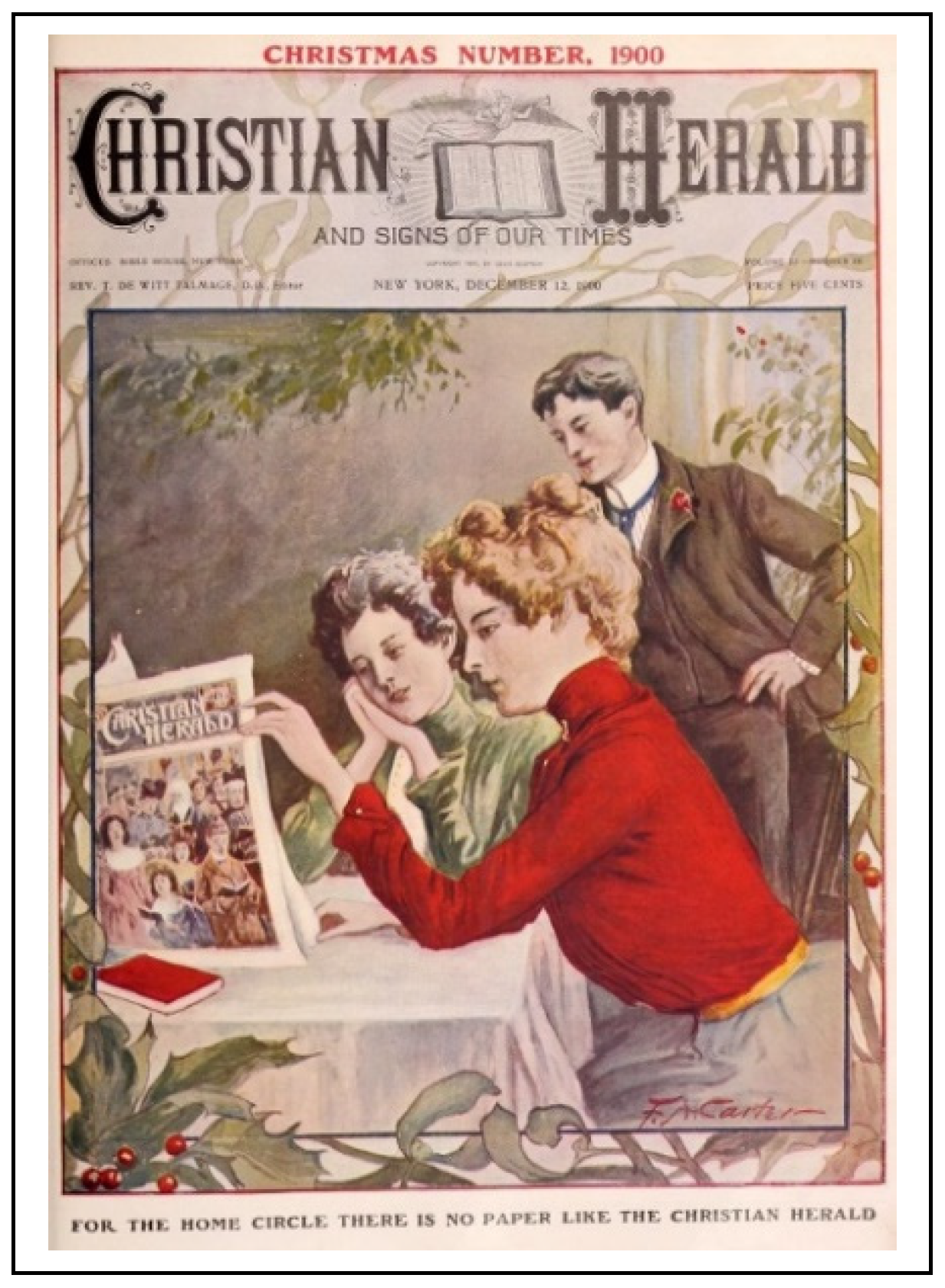
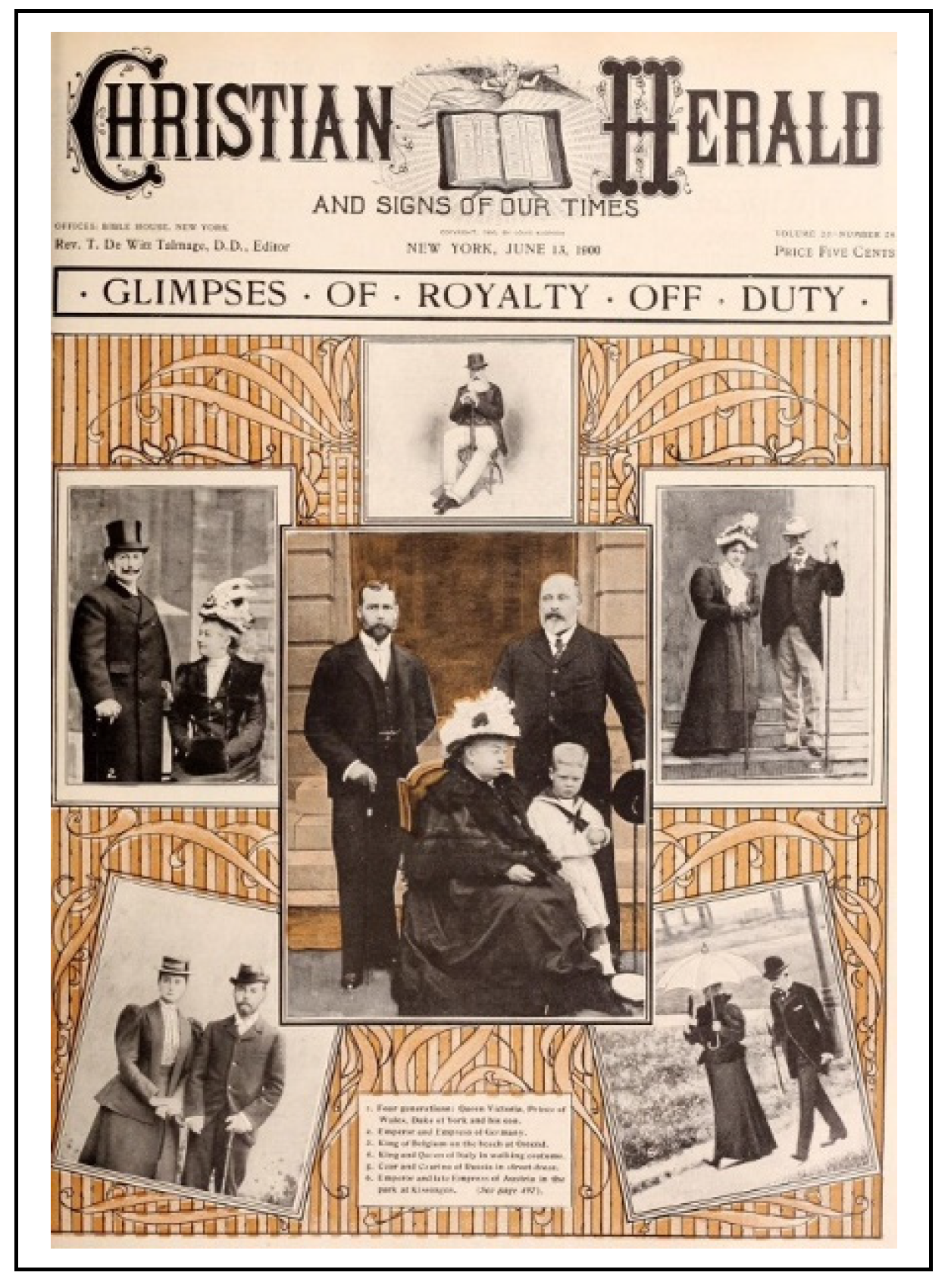
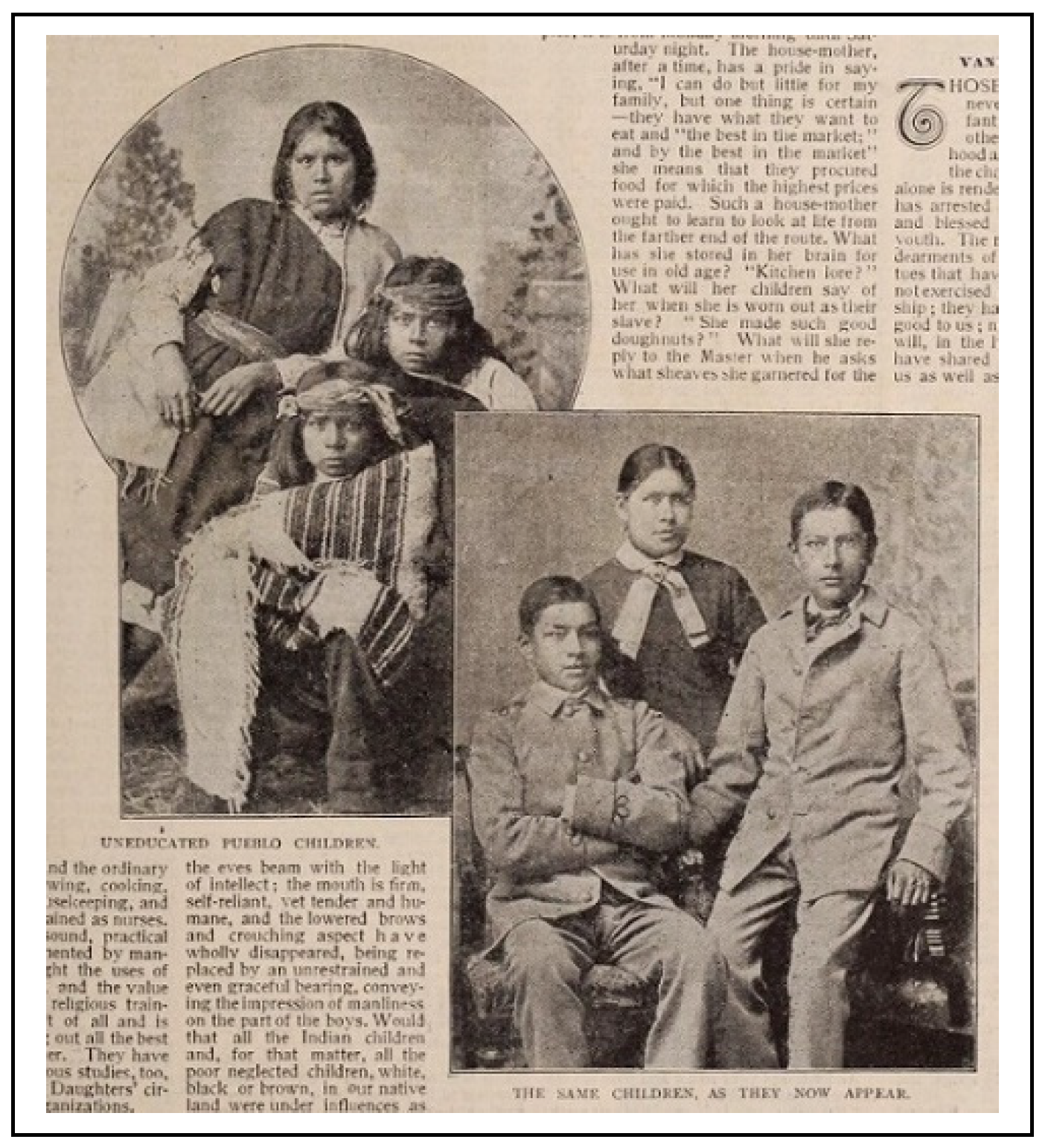
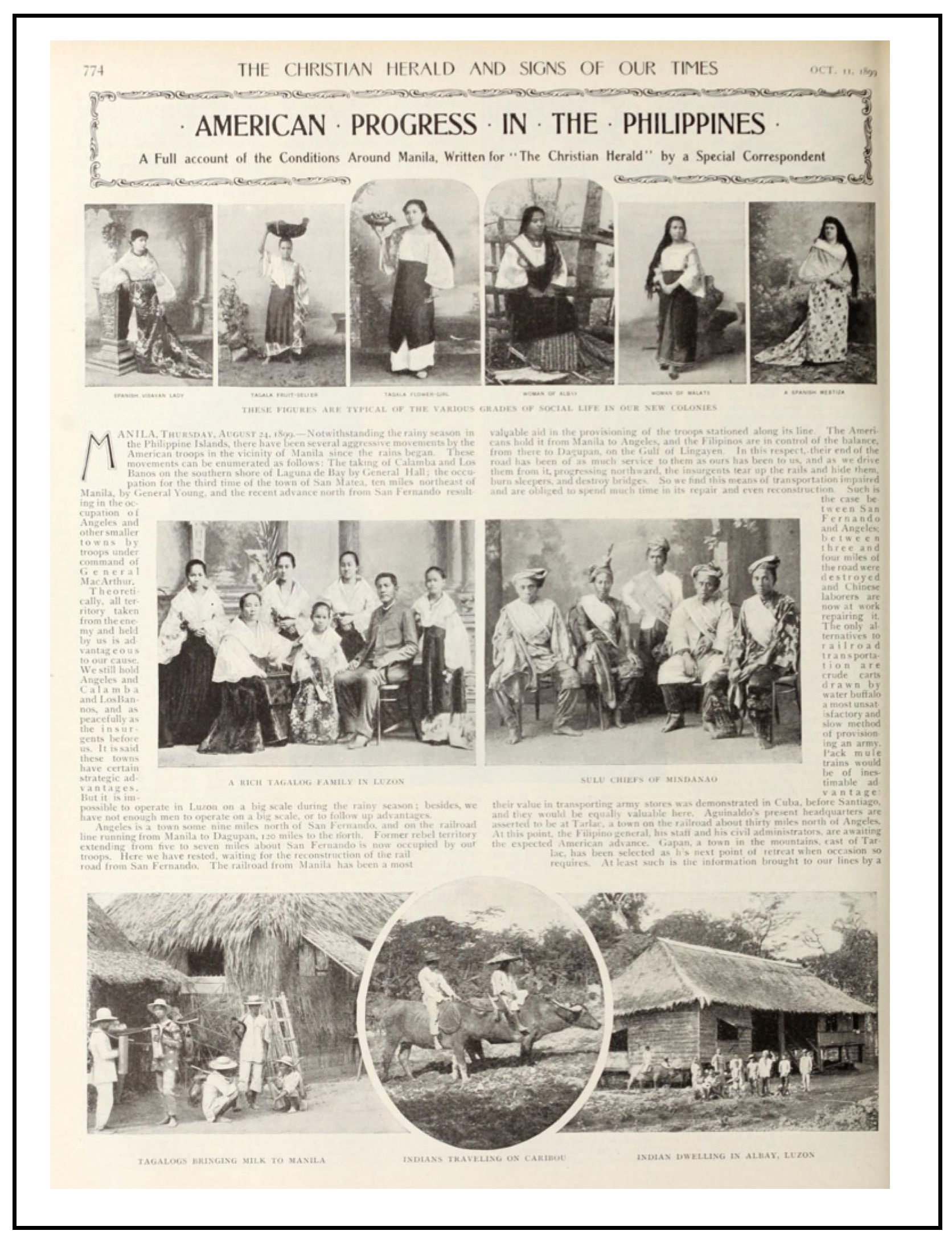
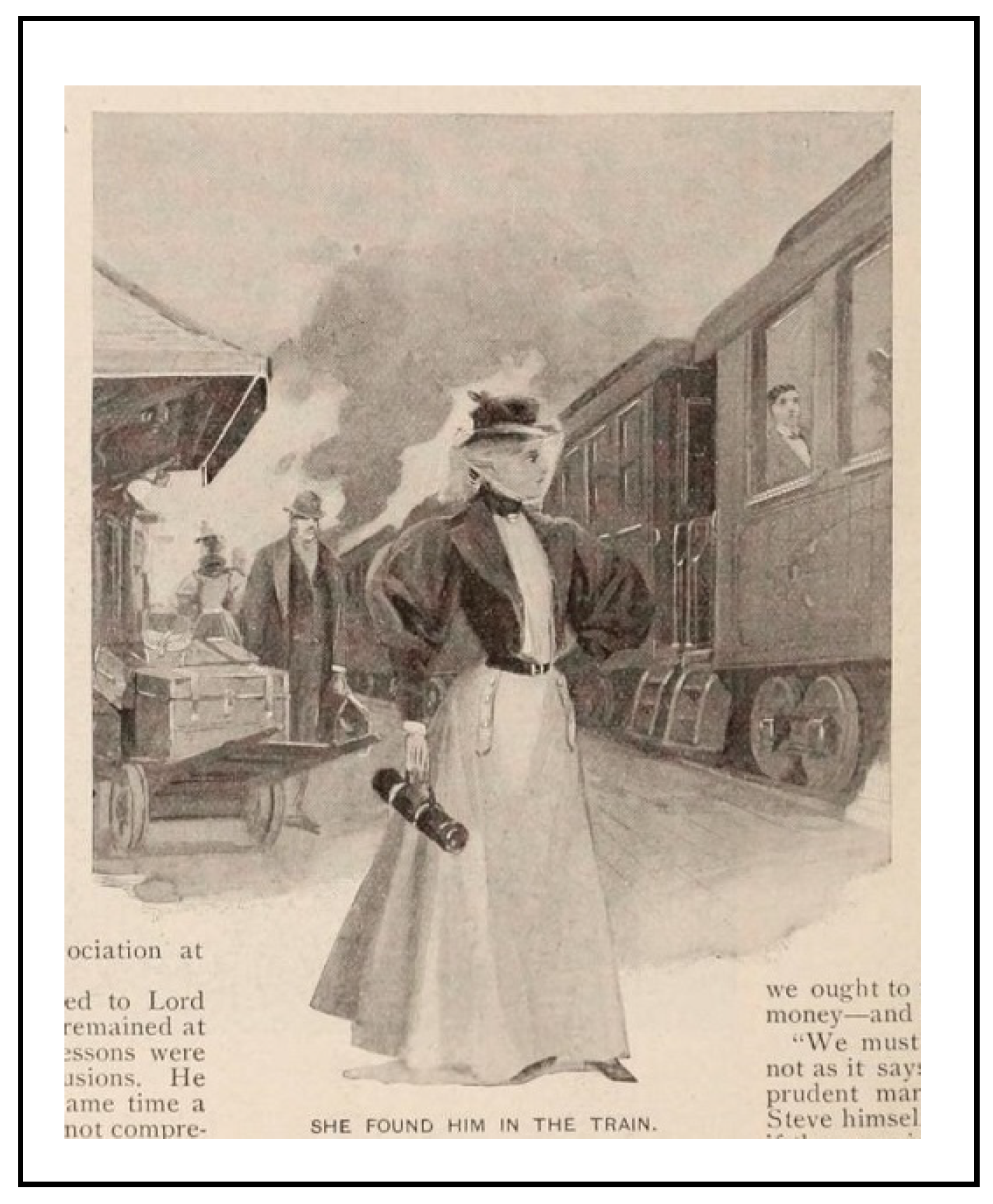
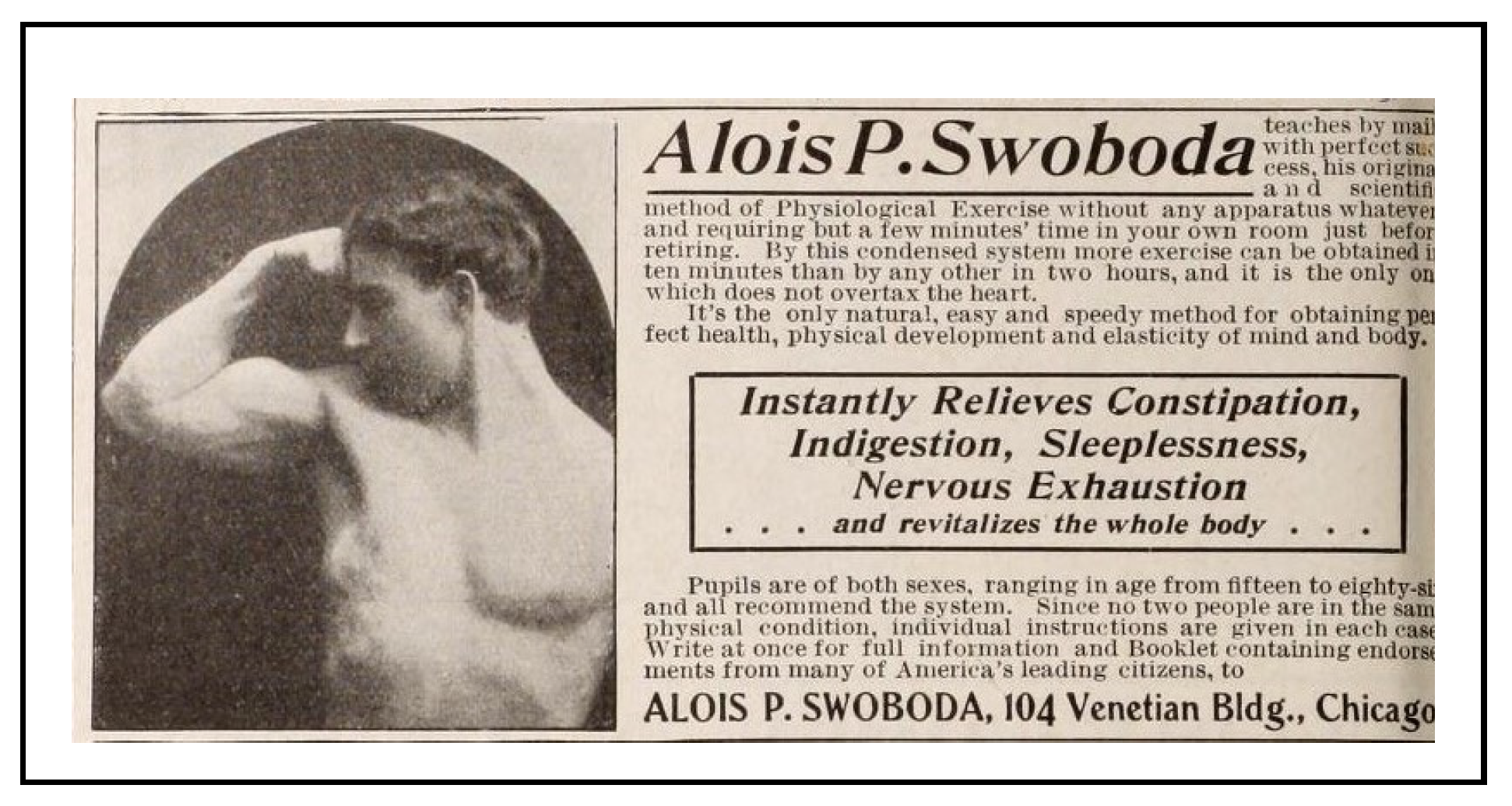
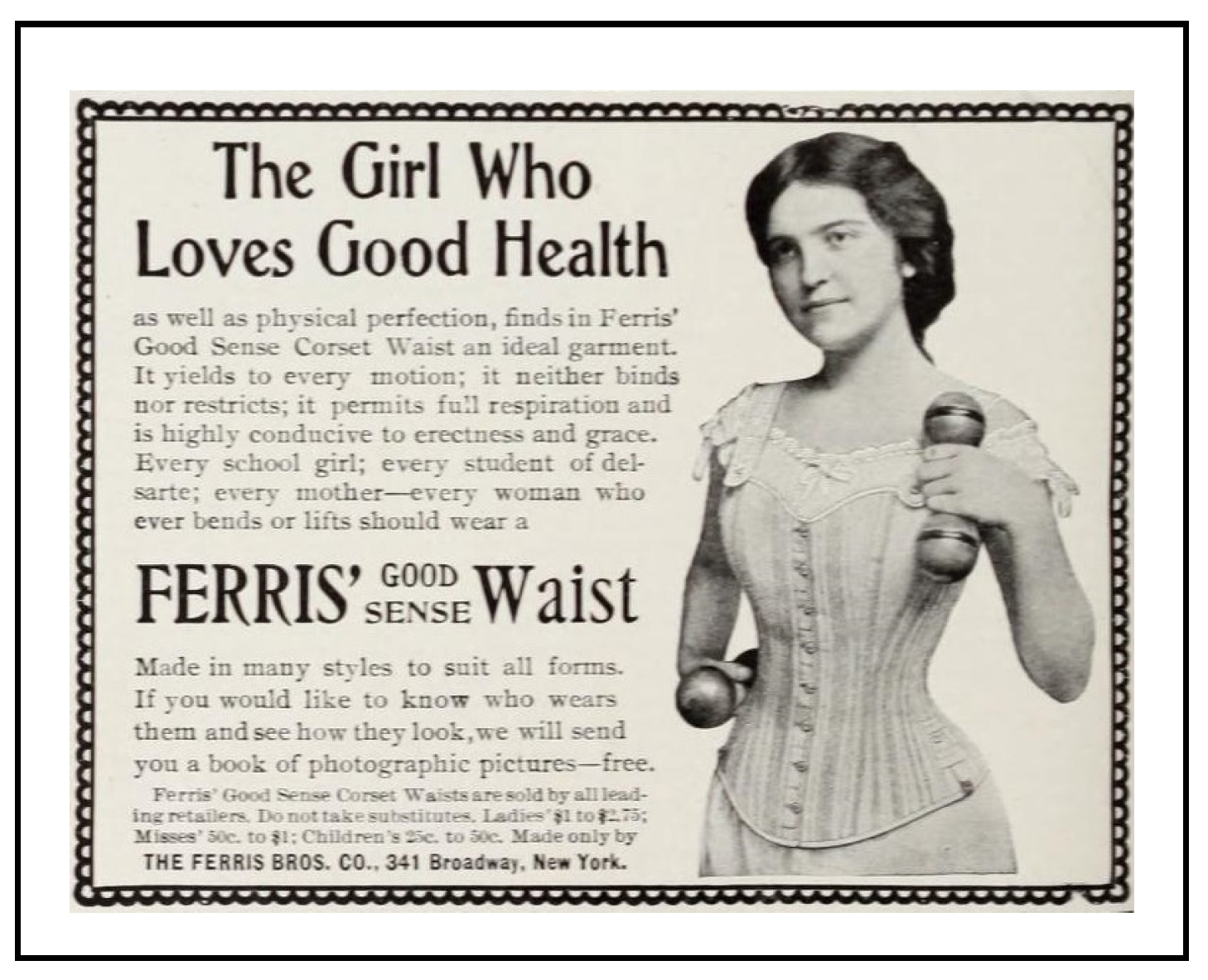
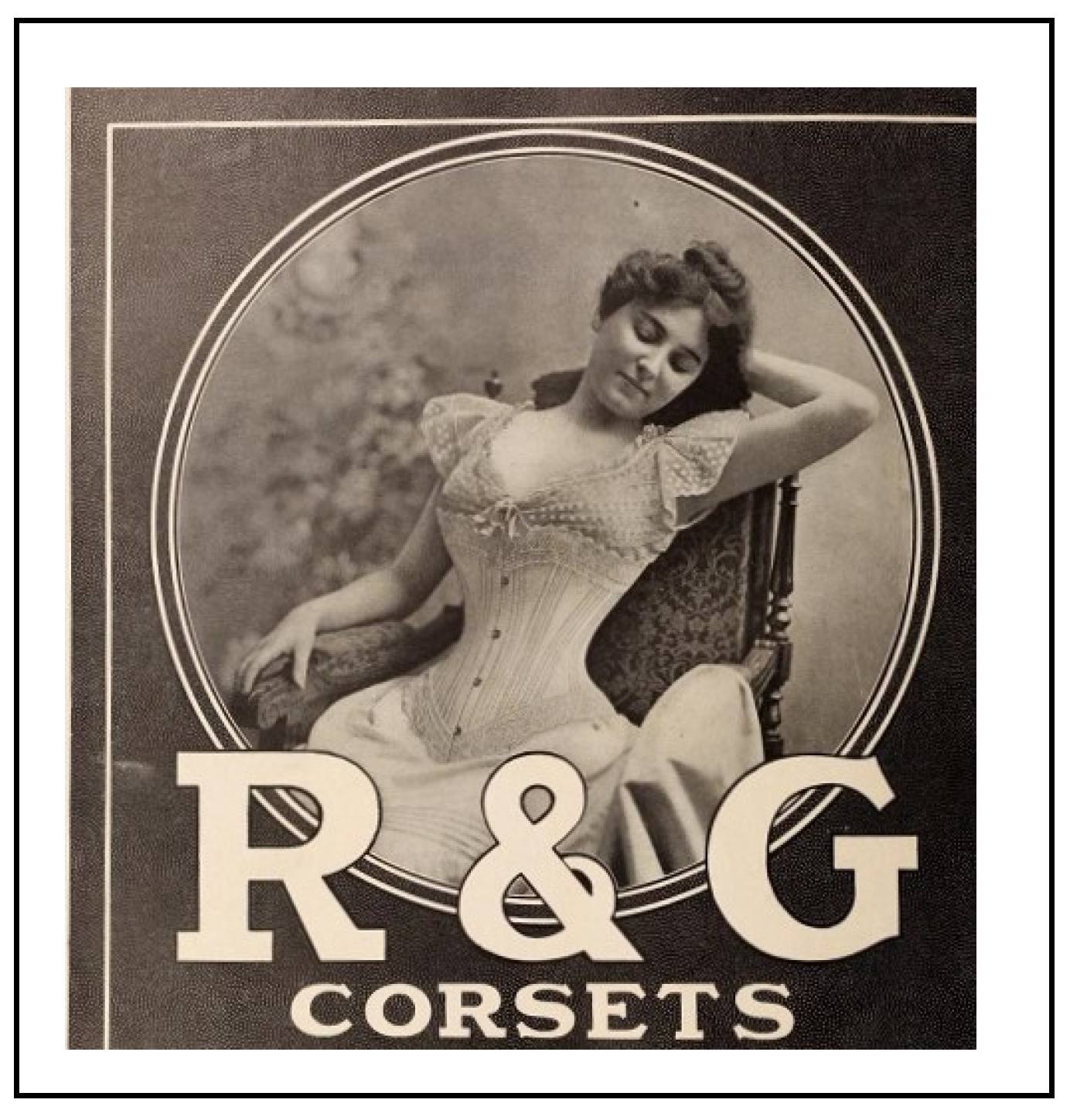

Publisher’s Note: MDPI stays neutral with regard to jurisdictional claims in published maps and institutional affiliations. |
© 2021 by the author. Licensee MDPI, Basel, Switzerland. This article is an open access article distributed under the terms and conditions of the Creative Commons Attribution (CC BY) license (https://creativecommons.org/licenses/by/4.0/).
Share and Cite
Robins, R.G. Evangelicalism before the Fall: The Christian Herald and Signs of our Times. Religions 2021, 12, 504. https://doi.org/10.3390/rel12070504
Robins RG. Evangelicalism before the Fall: The Christian Herald and Signs of our Times. Religions. 2021; 12(7):504. https://doi.org/10.3390/rel12070504
Chicago/Turabian StyleRobins, Roger Glenn. 2021. "Evangelicalism before the Fall: The Christian Herald and Signs of our Times" Religions 12, no. 7: 504. https://doi.org/10.3390/rel12070504
APA StyleRobins, R. G. (2021). Evangelicalism before the Fall: The Christian Herald and Signs of our Times. Religions, 12(7), 504. https://doi.org/10.3390/rel12070504




